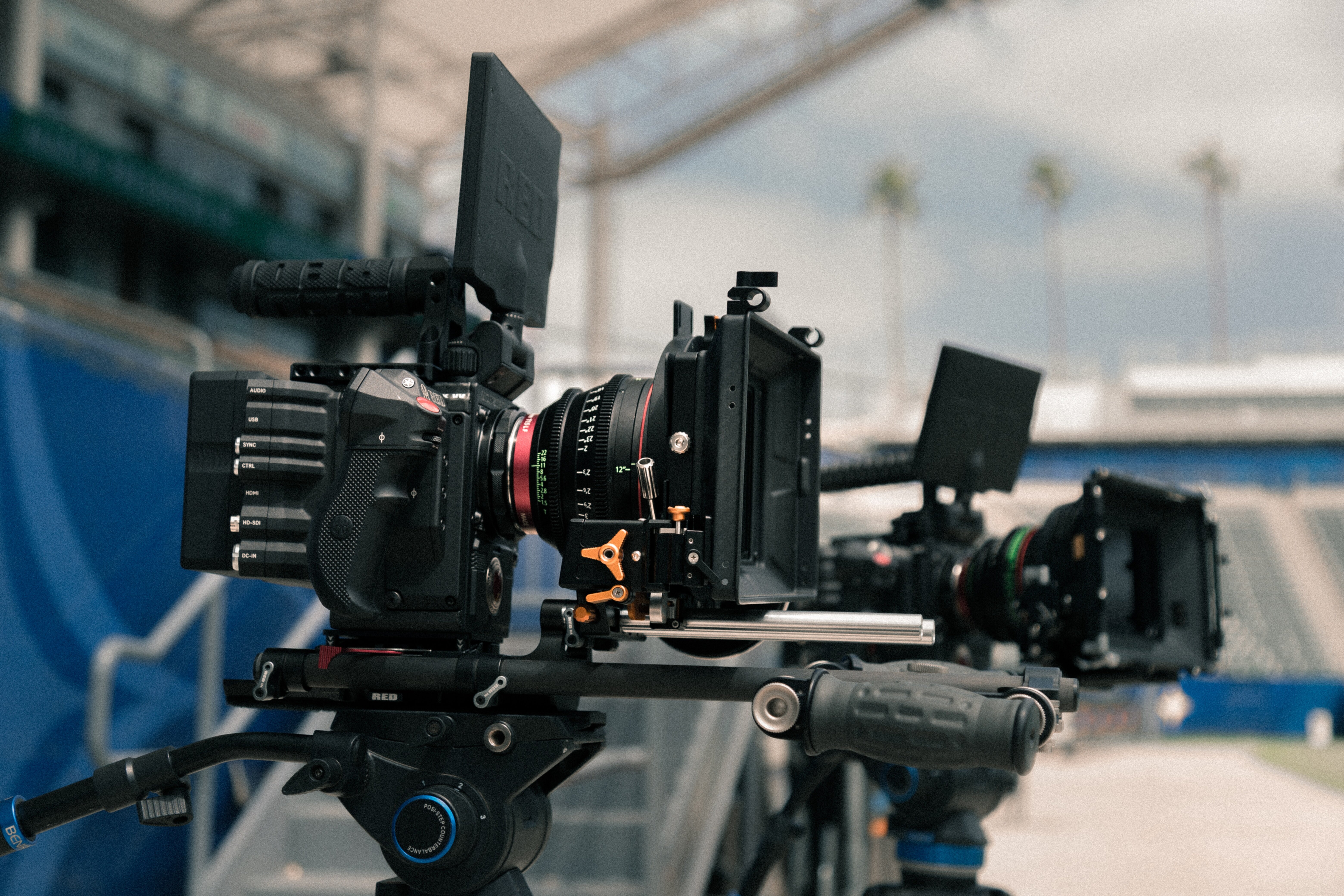Stop Watching Blurry Videos Start Using AI Upscale Software

I recently found myself staring at an old family video, the kind shot on early digital cameras where every moving object seemed to dissolve into a blocky mess. It was frustrating; the memory was sharp in my mind, but the visual representation was, frankly, an insult to the moment. We’ve all been there, squinting at a streamed movie where the dark scenes look like digital soup, or trying to analyze a security recording that offers more abstract art than actionable evidence. For years, the accepted wisdom was that once video data was lost to low resolution, it was gone for good—a fixed artifact of the capture device or the compression algorithm applied during transmission. This limitation felt like a hard physical barrier, akin to trying to pull details out of a faded photograph that had been photocopied too many times.
But the computational methods available now, particularly in the last few cycles of machine learning development, suggest that barrier is far more porous than we previously assumed. It’s no longer about simple pixel stretching, which always resulted in ugly, interpolated artifacts; we are now dealing with sophisticated predictive reconstruction. I started looking specifically at what these dedicated upscaling applications are actually doing under the hood, moving beyond the marketing jargon to see the actual signal processing involved. It turns out the difference between watching a grainy 480p file that struggles to look decent on a modern 4K display and one that genuinely looks native is massive, and it’s rooted in applied mathematics, not magic.
Let’s consider the core mechanism these modern upscaling tools employ, moving past the simplistic idea of just adding pixels. What these algorithms are actually doing is learning the *patterns* of what real, high-resolution visual data looks like across millions of reference frames. When an algorithm encounters a blocky area in a low-resolution source—say, the edge of a moving car—it doesn't just guess what the missing intermediate shades should be based on its immediate neighbors. Instead, it references its trained model of what high-fidelity edges, textures, and lighting transitions typically look like in photographic reality. This trained expectation allows the software to synthesize plausible, detailed information into the gaps, effectively hallucinating the missing data in a way that is statistically consistent with real-world physics and visual structure. I’ve seen demonstrations where fine textures, like fabric weave or strands of hair, which were completely absent in the source, reappear with startling coherence after processing. This is a reconstructive process, not just an enlarger; it’s about filling in the blanks based on learned visual grammar.
Now, to be clear, this process isn't infallible, and we must maintain a critical distance from the output. If the input data is so severely corrupted or contains motion blur that the original structure is truly ambiguous—for instance, if a person’s face is reduced to three indistinct pixels—the software has to make very strong assumptions. Sometimes, these assumptions result in textures that look *too* clean or details that feel generically perfect rather than organically captured from the original scene. The critical element here is the quality of the training set the upscaling model was built upon; a model trained primarily on pristine CGI renders might struggle when faced with the noise patterns inherent in older analog-to-digital conversions. Therefore, when evaluating these results, one must always ask: Is the added detail truly recovered information, or is it a highly convincing, algorithmically generated approximation of what *should* be there? For archival work or forensic review, understanding this distinction between plausible reconstruction and factual recovery is absolutely central to responsible application.
More Posts from ai-videoupscale.com:
- →Get Crystal Clear Video Quality Instantly With AI
- →Say Goodbye to Pixelation The Definitive Guide to Video Upscaling
- →Stop Blurry Footage How AI Transforms Video
- →Unlock Crystal Clear Video With Artificial Intelligence
- →Transform Low Quality Footage Into Cinematic Masterpieces
- →Make Your Old Videos Look Brand New With AI Upscaling